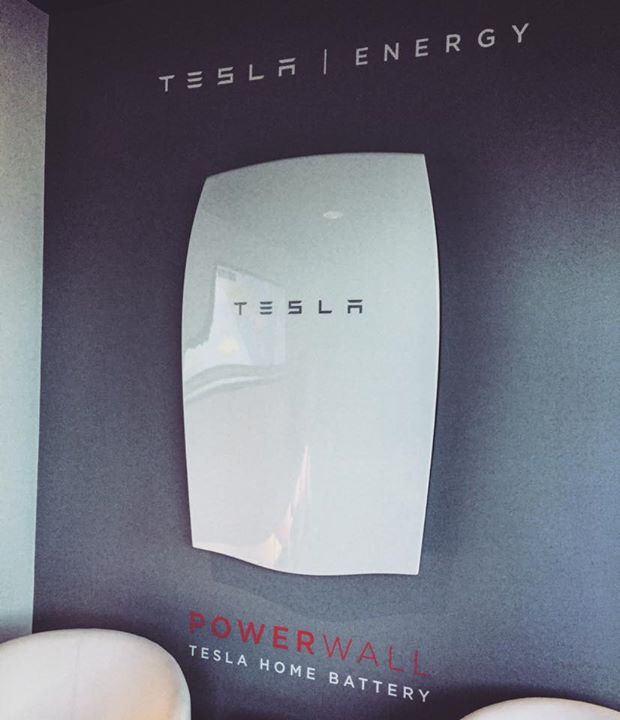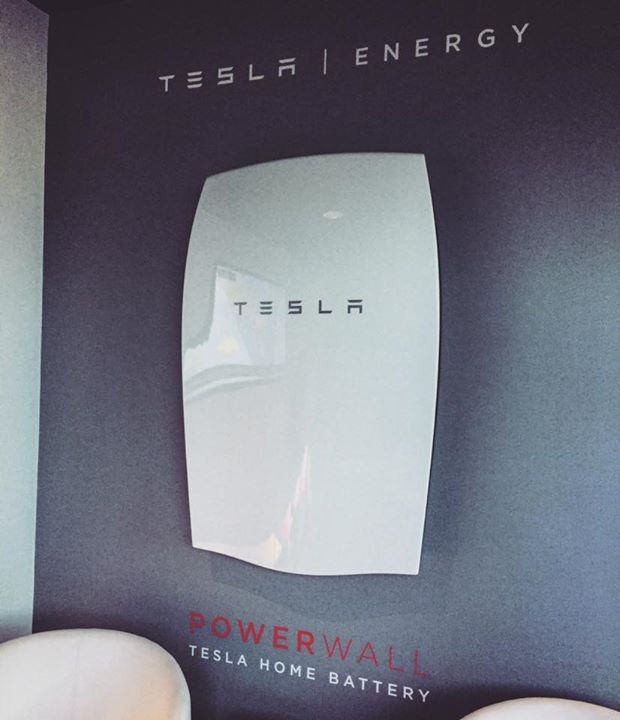As solar power systems combine with energy storage in a move to maintain it’s rapid uptake, distributed storage for solar will be an $8 billion market in the next decade.
In order to overcome drawbacks such as having no power when there’s no sunlight and intermittency, solar-plus-storage is crucial.
According to Lux Research, in 2026, it’s expected that the distributed solar market will increase by 25GW annually thanks to energy storage.
Although adding battery storage to a solar power system is an extra cost- therefore affecting the addressable market size and revenue streams- solar systems costs are still declining. It’s predicted to fall from $3.83/W in 2015 down to $1.87/W in 2035, and in 2023 an appealing economic case will emerge, resulting in powerful growth.
Cosmin Laslau, the Senior Analyst from Lux Research and lead author of the released report said, “As the solar-plus-storage market matures, interesting developments will unfold on a number of fronts. There will be more vertical integration between the two industries, increased financing options and even a move towards energy-sharing between communities,”.
The said report studied and analysed the impact of storage integration in order to maintain growth on distributed solar. The report uncovered a number of key findings, which are outlined below.
Software is a key differentiator
Market leaders such as SolarCity and other major companies are presenting a demand management software which can assist with integrating storage.
Solar supplier Sunverge can connect to electric vehicles and smartphones/ devices, while electric company Sonnenbatterie can optimize solar storage and consumption by analyzing weather data.
Emerging solar storage partnerships
The industry’s future is being revealed by multiple partnerships between companies such as Stem and SunPower, SunEdison and Green Charge Networks, Sungevity and Sonnen.
A huge $50 million investment was even joined by FirstSolar in a leader in grid-scale energy storage integration, Younicos.
Policy support has big impact
12,000 solar-plus-battery systems have been installed in Germany in the last 2 years because of policy support, with the recent growth rate sitting at 35 per cent. A subsidy program has been launched in Japan in order to cover two thirds of installation costs for 1kWh or more lithium-ion battery systems. A $1.46/W incentive in offered in California, and utilities are mandated to have 1.3 GW of storage installed by 2020.
Find out more about the Lux Research report here.
Photo courtesy of Pasco Olivier



